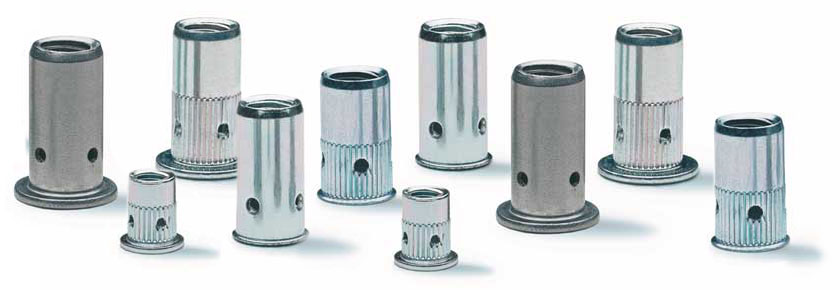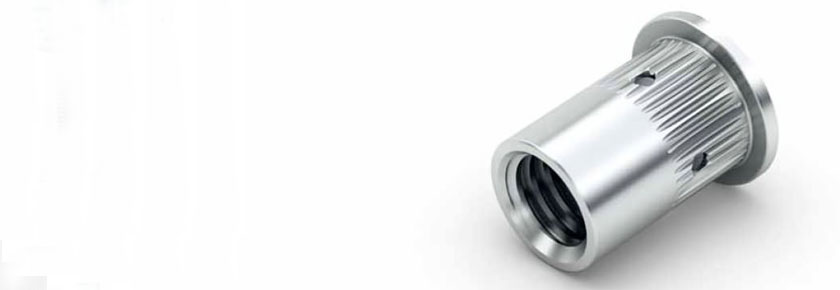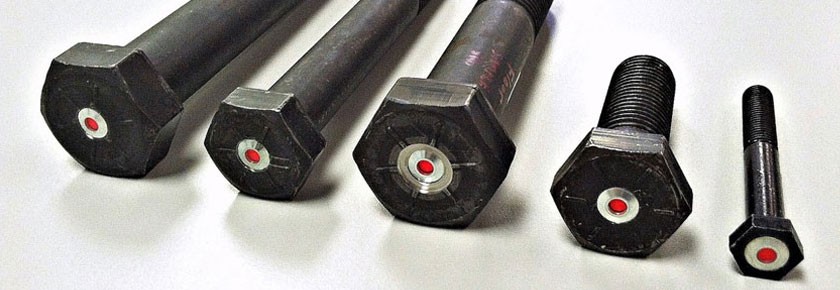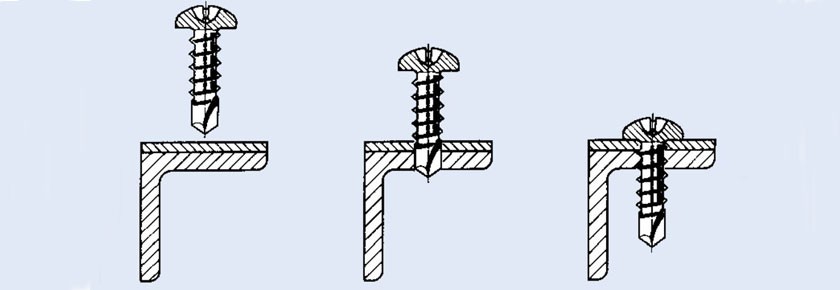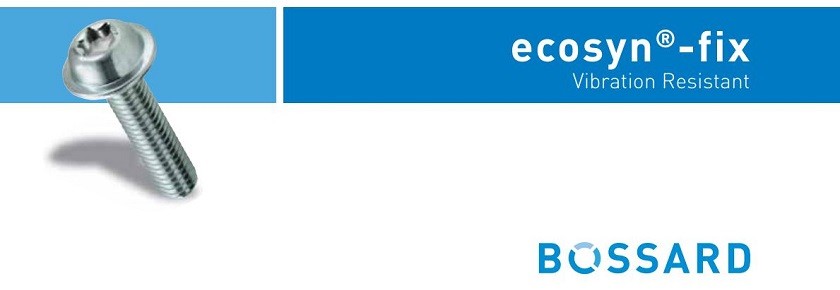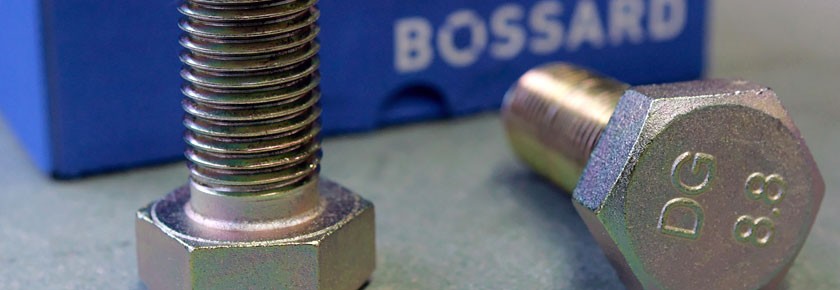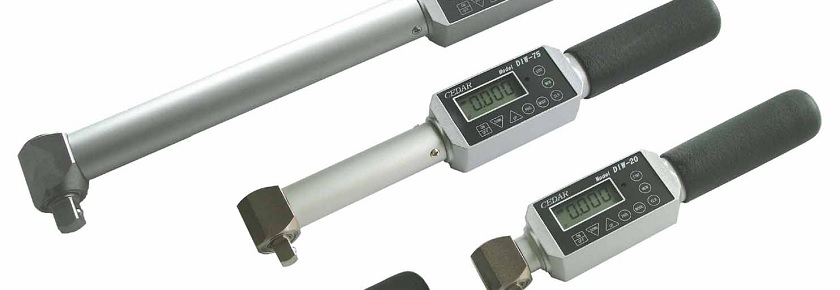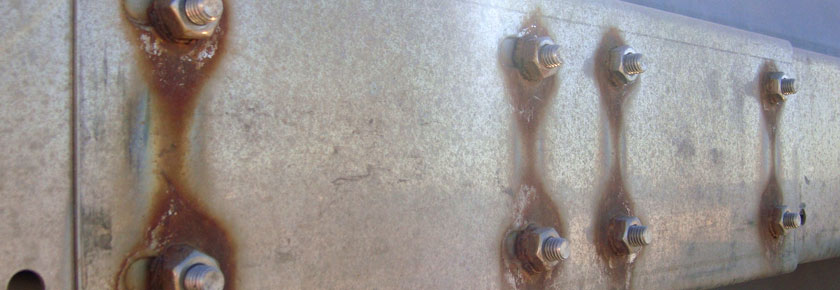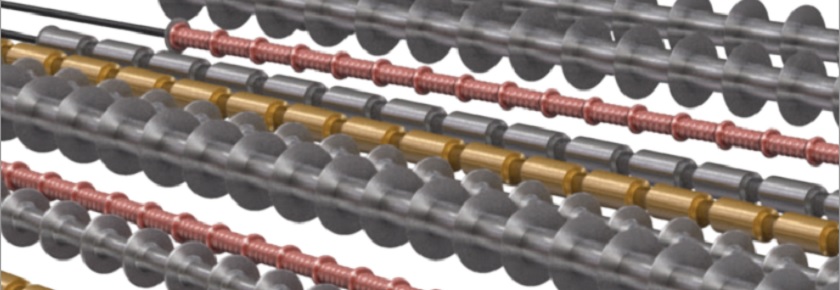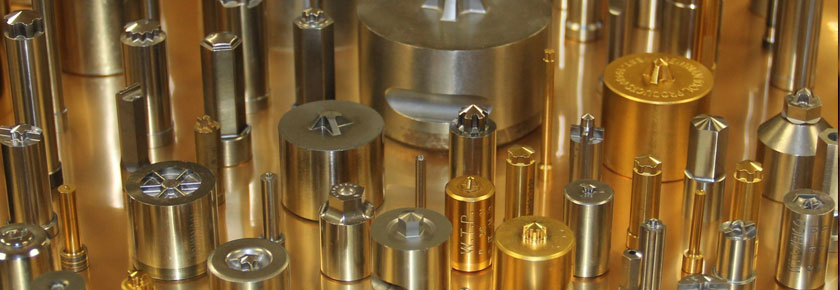With Bulge Control Technology (BCT®*) rivet nuts from Bossard, search no more for the solution to your blind rivet nut application. Four cross holes on the shank control where the materials begin to collapse, with the controlled bulge keeping the nut in place.
Bulge Control Technology is versatile enough to cover a variety of different applications:
• Brittle materials
• Composite sandwich panels
• Solid material like wood or plywood
• Irregular holes
• Clamping to reduce vibration
• Multiple material thicknesses
• Restrictions in lateral space
• High strength with or without restricted space
There are also four different types of Bulge Control Technology, and the key is to understand each of them before deciding which one best suits your particular application.
Controlled
This type of Bulge Control Technology allows for a customized fastening solution based on the specific determination of where the bulge will form.
Micro
Ideal for application where the back side of the material is limited in terms of space, this particular type of Bulge Control Technology suffers no loss in strength compared to your standard rivet nut. With as little as 8 millimeters of space needed, the requirements for this type aren’t very demanding.
High Strength
Bolts with a property class of 12.9 and above are best suited for this type of Bulge Control Technology, especially when using special material and treatment to produce strength. This type is also available in aluminum if your application happens to be lightweight.
Multigrip
For a more flexible solution, this type of Bulge Control Technology is your best bet. Using the same rivet nut for 1 millimeter to 8 millimeters in thickness, the chances of installing the incorrect product are decreased with this type. It can even be used for repairs on material with an unknown thickness.
To learn more about Bulge Control Technology or for help in determining which type is best suited for your application, contact Bossard at ProvenProductivity@bossard.com.

